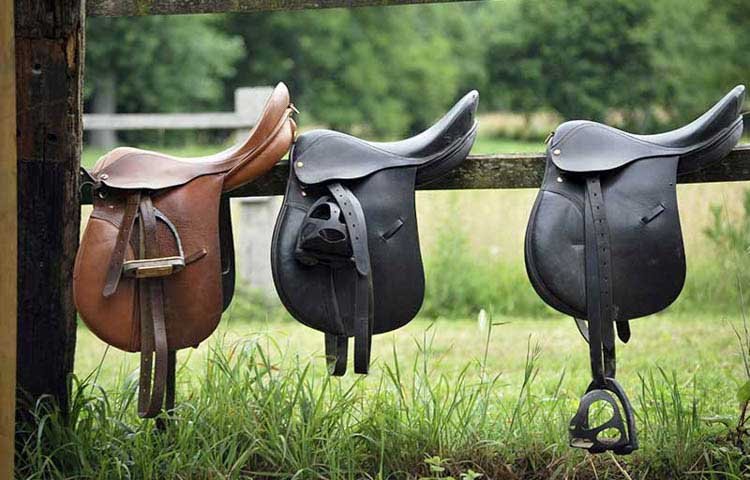Protect your pets: Common toxic plants to avoid
How to identify toxic plants and recognise signs of pet poisoning.
Read more18 September 2024
Correct saddle fitting can make all the difference to both you and your horse when it comes to comfort and safety. It is the all-important link between horse and rider. An ill-fitting saddle could give your horse sores as well as make you uncomfortable as you ride.
Although there are a number of saddles available to fit the variety of uses for a horse, we’re going to stick to the all-purpose/general purpose saddle that most recreational riders already own.
The horse’s neck, back and shoulders are what give the rise to the shape of their withers where the saddle should be sitting. The most common mistake made is putting the saddle too far forward over the withers, creating rubbing points and potential sores for the horse. For proper positioning, place the saddle slightly forward over the withers and then gently slide it back until it locks in a natural position.
Be sure to check that there is ample clearance along the spine/backbone of the horse (especially with the rider on as it will compress). This should be once again checked after a few minutes of riding to make sure the saddle has not moved around and settled against the withers.
There should be an even pressure across the horses back when the rider is mounted. This may be the most important part of saddling up a horse as if it is done wrong, you can put a strenuous amount of pain through the horses back.
Some ways of checking the evenness are: use your fingers to feel the amount of pressure down from the withers and behind the flap to the rear of the panel; or you can use a piece of wire to shape around the horses withers where the saddle will fit, trace on to cardboard and cut it out, and check if this cut out fits the horse and find a saddle to fit.
This is simple but not every rider can seem to get it right, match the saddle length to the horse and rider. The modern saddle is usually quite good when it comes to this as it will not give to many problems, however older saddles can damage the horses loins, kidneys and back.
Always check the saddle for protruding lumps and built up sweat that can turn into salt crystals and scratch or irritate the horse. These can not only be uncomfortable for you but cause serious harm to the horse.
Similar to when you buy a new pair of shoes, a horse will have to wear in their new saddle before they feel fully comfortable in it. If you do not give the horse time to desensitise and thicken their skin while wearing in the saddle, you could cause blisters, chafing and a considerable amount of discomfort for them.

It is important to note that saddles are not a one size fits all piece of equipment. Saddles have to be fitted for the horse’s body shape and depending on weight gain, you may need a couple of saddles for the different seasons. If they have been out in the pasture with minimal exercise for a while, it is quite possible that their previous saddle will not fit them anymore. Similar to this, a saddle that is comfortable for dressage may not be suitable for trail riding or show jumping.
Using the wrong saddle for a horse can give them a sore back or even saddle sores. It is important to check on your horse routinely to feel for signs of swelling and heat. After taking off the saddle, look for turned hair or rub spots on your horse’s coat that could be a pre-warning of saddle sores.
As saddle repairs and replacements can be very costly, it is important to look after your horse and your saddle. Petcover offers Saddlery and Tack cover that replaces or repairs saddlery and tack that has been stolen, damaged or destroyed.